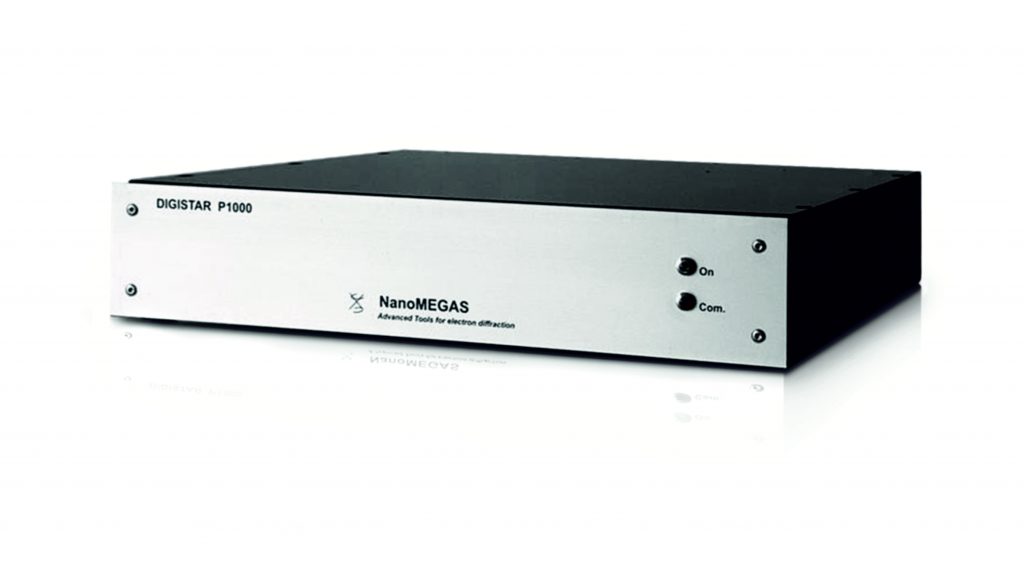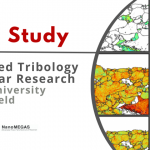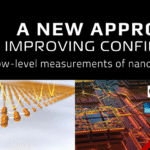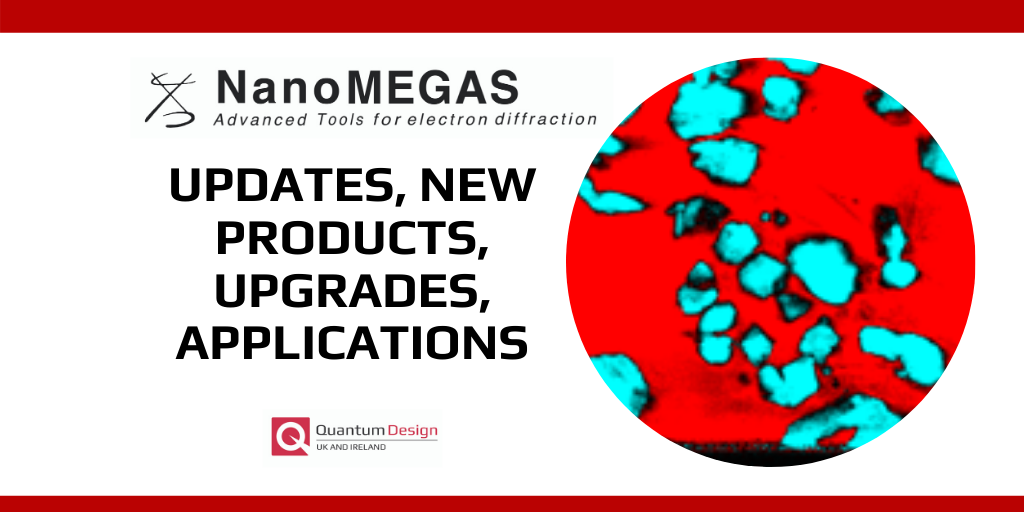
Updates, Upgrades and Applications
As the UK’s exclusive distributor for Nanomegas Electron Precession Diffraction products, we are bringing you the latest updates and products as well as application notes and information.
Applications
Materials Science properties (metals, alloys, Ceramics, polymers, semiconductors, nanoparticles) depend to a great extent upon their textures at nm scale level. The Nanomegas ASTAR device uses TEM based orientation mapping technique (EBSD-TEM like) based on collection of precession electron diffraction (PED) patterns and cross-correlation comparison with simulated templates.
Structure of Magnetic Semiconductors
Spintronic device properties strongly depend on a nanometer scale structure
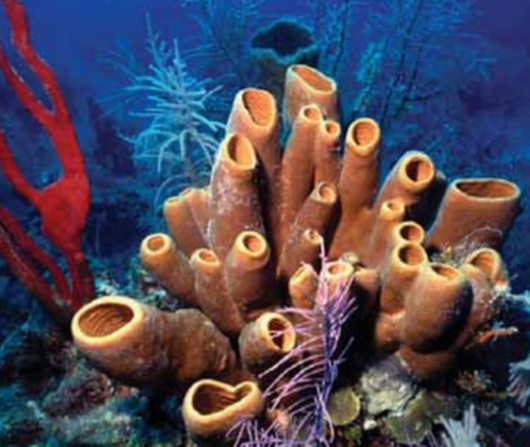
Biomineralisation Process in Sea
Intracellular nanorods have been considered as precursors of mature spicules

Steel Corrosion in Nuclear Plants
Steel degradation in nuclear plants leads to formation of new phases that is very important to monitor at nm level
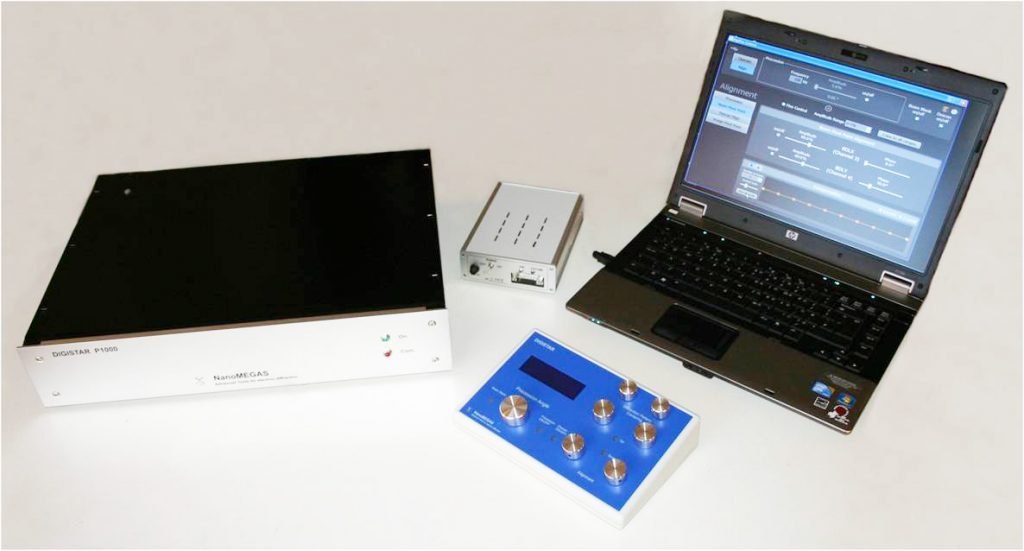
New Products
The new Digistar has been completely redesigned from 1st principles resulting in low distortion lower emissions product with full NRTL certification. Additional external synchronisation outputs have been added for hardware synchronising with on column accessories such as cameras and detectors. The standard installation now supports a distance of 10 m from the column with extension options available for remote installations up to 30 m. The new Digistar comes complete with 14 core IE9 processors and 32 GB of RAM with options of upgrading to 128 GB of RAM. Please contact Shayz Ikram on 01372 378822 for more information.
Side Entry Camera Mounts
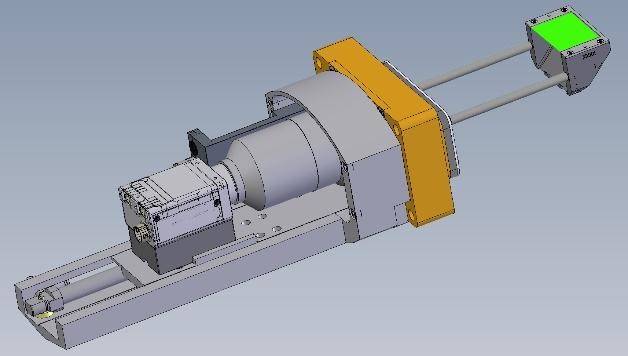
Nanomegas has now introduced a range of side entry camera mounts which optimise the signal quality from a stingray camera. This mechanism features faster decay phosphor, optimised optical coupling, special lens and reduced background light contamination. Additionally, the camera is mounted perpendicular to the image plane resulting in distortion free diffraction images. These are available for side entry ports (35mm) on most columns.
Upgrades
ASTAR 2.0.10
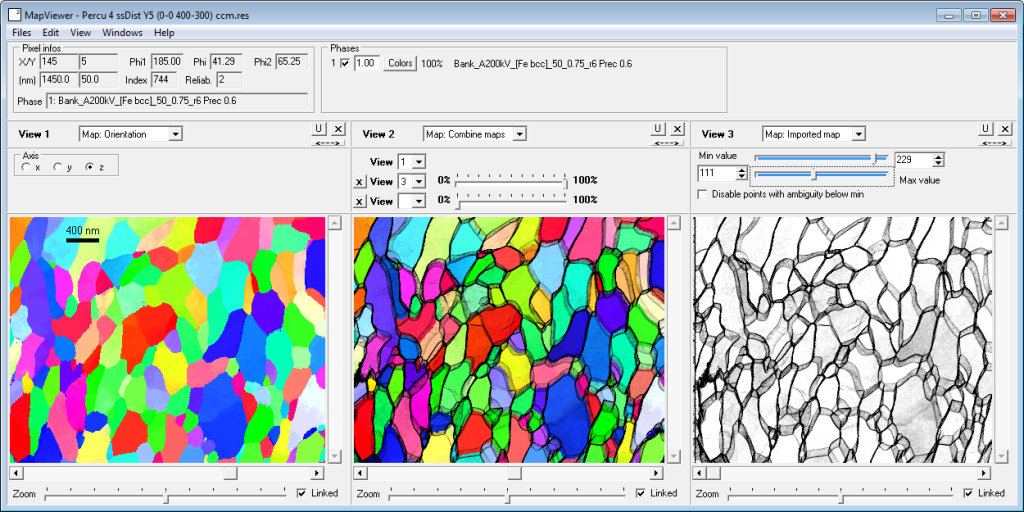
Version 2.0.10 is now available for update. This version will have new features outlined below:
- The ASTAR block file format can be deconstructed allowing part or all of the images to be saved as individual diffraction images (BMP, JPG, TIFF) which are automatically named and placed in designated directly by the software
- User-friendly ROI selection
- Import data from standard crystallographic information files (e.g. CIF)
- Dynamical
- VDF display and combine VDF construction
- VDF or imported image displaying and over lapping facility
Recent Publications
3D electron diffraction techniques – Mauro Gemmia and Arianna E. Lanza
Automated electron diffraction tomography – development and applications – Ute Kolb, Yaşar Krysiaka and Sergi Plana-Ruiz
Towards quantitative treatment of electron pair distribution function – Tatiana E. Gorelik, Reinhard Neder, Maxwell W. Terban ,cZhongbo Lee Xiaoke Mu, Christoph Jung, Timo Jacobe, and Ute Kaisera



